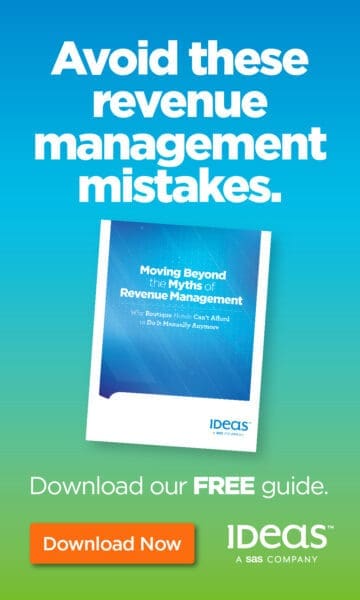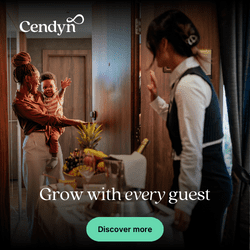 LinkedIn is currently the most important professional social network in the world with more than 830 million users, over 50% of whom are between 25 and 34 years old. LinkedIn is useful for different reasons: networking, posting information, findings customers and employers. Candidates indicate where they worked or studied, but they also write short bio summaries, list skills and follow other people or companies.
LinkedIn is currently the most important professional social network in the world with more than 830 million users, over 50% of whom are between 25 and 34 years old. LinkedIn is useful for different reasons: networking, posting information, findings customers and employers. Candidates indicate where they worked or studied, but they also write short bio summaries, list skills and follow other people or companies.
This huge quantity of information can be useful for recruiters who are in the quest of finding the “perfect candidate”. For this reason, recruiters have been increasingly resorting to “cybervetting” – using social media to extract more information about job candidates. Here we gather 10 indicators of what recruiters look for in a LinkedIn profile that can help better understand the potential candidate.
10 useful tips according to the research
Recruiters are cybervetting for different purposes: finding information that supports or contradicts qualification, identifying potential red flags, but also getting to know better the candidates, their personality traits or their interests. There seems to be a lot of useful information on personal social media to infer candidates’ personality but this information is of little value for recruiters.
First, many candidates consider it is inappropriate that recruiters look at their personal social media. Second, past research has not shown that information contained in personal social media predicts job performance ratings. Research trying to identify if LinkedIn profiles convey information about personality is still scarce, but our research and other studies have delivered a few insights.
We would like to present here some of the most interesting findings of this research. If you are a recruiter, you can find below the 10 indicators that might be useful to better understand the personality of a potential new hire.

1. Network size
The number of connections predicts well the degree of extraversion and outgoingness of a person. If you observe professionals with less than 300 connections, it might indicate that they are more on the introverted side . On the other hand, someone who has thousands of connections might be of a more extraverted nature.
2. The presence of a summary
Some professionals are more likely to complete some key sections in their profile. When people fill in the summary section of their profile, it might be a sign of engagement and diligence. It demonstrates that they are meticulous in how they filled in their profile and that when they start a task, they do it well.
3. Information about grades
When you examine the section “Education”, check if the candidate reports his/her grades, or is in a top percentile of the class. As people who are detailed-oriented tend to have good grades, the mere presence of this information might signal an orderly personality. However, this might be true only for recently graduates. It is not certain older job-seekers provide this piece of information on their LinkedIn profile (even if they are conscientious).
4. Number of languages
Individuals who are curious and eager to learn might have already invested in learning foreign languages in the past. It might then be relevant to have a look at how many languages they speak…4, 5 or even more? It might be an indicator of a curious and open-minded person.
5. Background picture
Individuals who display their company logo as their background picture might signal they are more engaged at work. Recruiters can have an idea of people who are engaged by paying attention to this information. Alternatively, individuals who post photographs of landscapes or artists tend to be more creative.
6. Skills
The skill section conveys useful information about candidates, particularly regarding interpersonal skills. When people indicate they possess leadership or public speaking skills, this indicates high extraversion. When they indicate organization or time management, this refers to high conscientiousness. When they list teamwork, this indicates that they might be very agreeable and cooperative people. Finally, when they list curiosity, creativity, or open-mindedness, they tend to be tolerant and open-minded people.
7. Smiling
Pay attention not only if people smile or not, but also the extent to which they smile. Those who smile extensively tend to be more cooperative than those who do not smile. We also observed that women smile more than men.
8. Volunteering activities
Some individuals indicate that they have volunteering activities. Do not miss this information because it signals that the person is caring. This is also a piece of information that might be highly valuable for jobs that require teamwork.
9. Spelling mistakes
Even if some professionals might be tempted to pay attention to typos found on social media, there is no research evidence that they are an indicator of a person’s level of conscientiousness. Our study did not show that individuals who are conscientious had less typos that those who are less conscientious. Do not discard a candidate because the word “management” is written “mangement”! In fact, we observed that this is a common mistake.
10. Professional attire
Again, there is no proof that the way people are dressed (formally vs. informally) is a useful piece of information signaling the personality of an individual. The way people are dressed might be more aligned with social norms and expectations of the professional environment. We do not expect engineers to wear a suit, but from general managers we might have an expectation that they are dressed in a suit.
Get to know your candidates
These are the indicators to consider if you would like to get additional insight about candidate or employee personality. However, a key warning: don’t rely only on these LinkedIn indicators! While they signal relevant information, you must combine them with other screening methods or sources of information (for instance, a job interview).
































